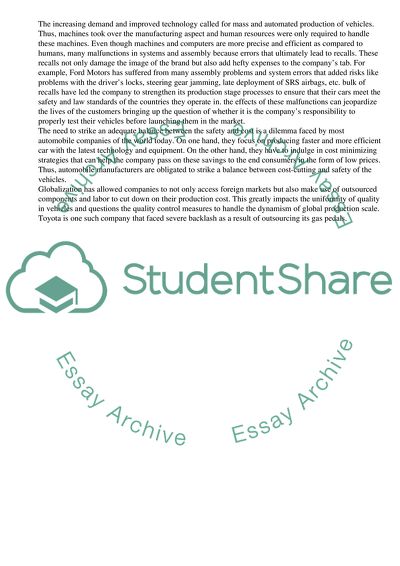Cite this document
(Toyota Motors - Effective Measures to Regain Lost Glory Term Paper, n.d.)
Toyota Motors - Effective Measures to Regain Lost Glory Term Paper. Retrieved from https://studentshare.org/management/1836631-the-toyota-corporation-ethics-and-the-law
Toyota Motors - Effective Measures to Regain Lost Glory Term Paper. Retrieved from https://studentshare.org/management/1836631-the-toyota-corporation-ethics-and-the-law
(Toyota Motors - Effective Measures to Regain Lost Glory Term Paper)
Toyota Motors - Effective Measures to Regain Lost Glory Term Paper. https://studentshare.org/management/1836631-the-toyota-corporation-ethics-and-the-law.
Toyota Motors - Effective Measures to Regain Lost Glory Term Paper. https://studentshare.org/management/1836631-the-toyota-corporation-ethics-and-the-law.
“Toyota Motors - Effective Measures to Regain Lost Glory Term Paper”, n.d. https://studentshare.org/management/1836631-the-toyota-corporation-ethics-and-the-law.


